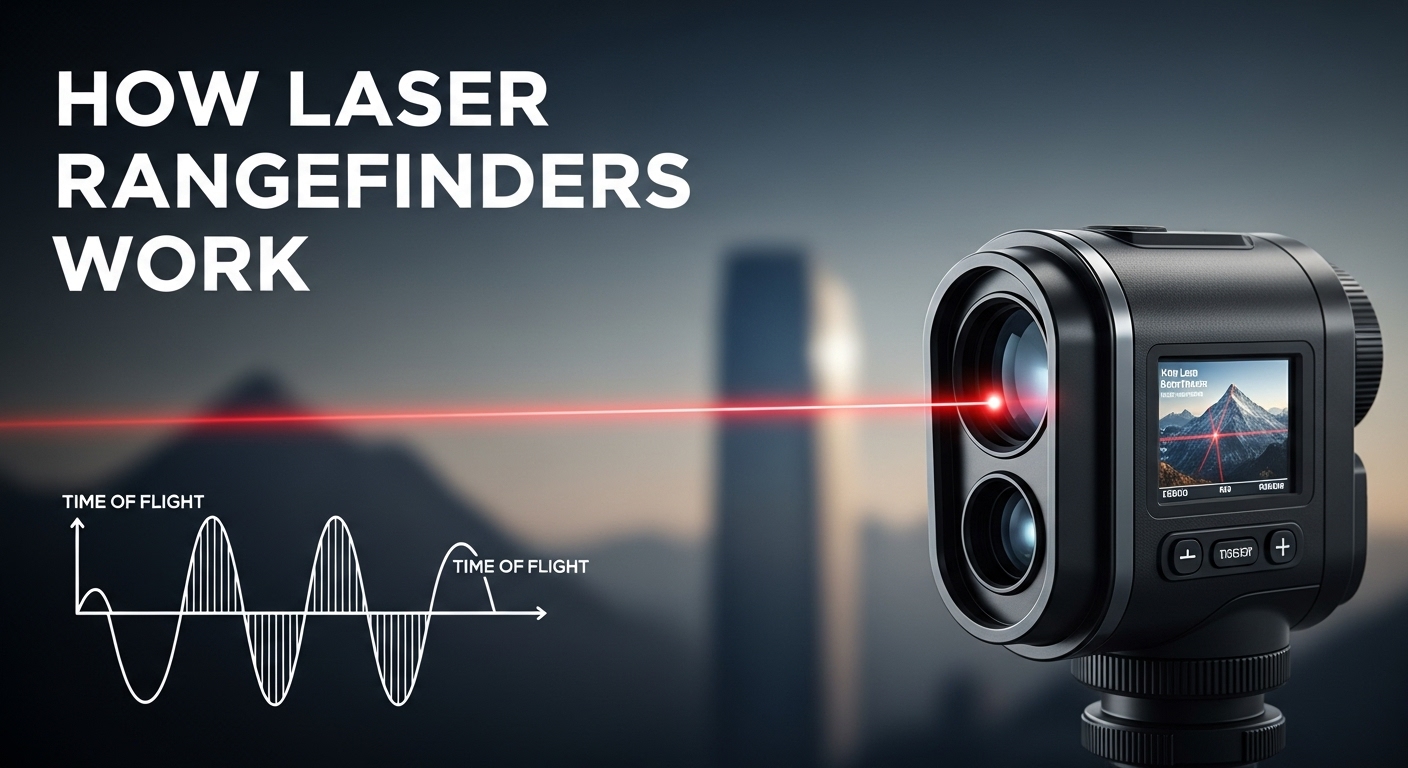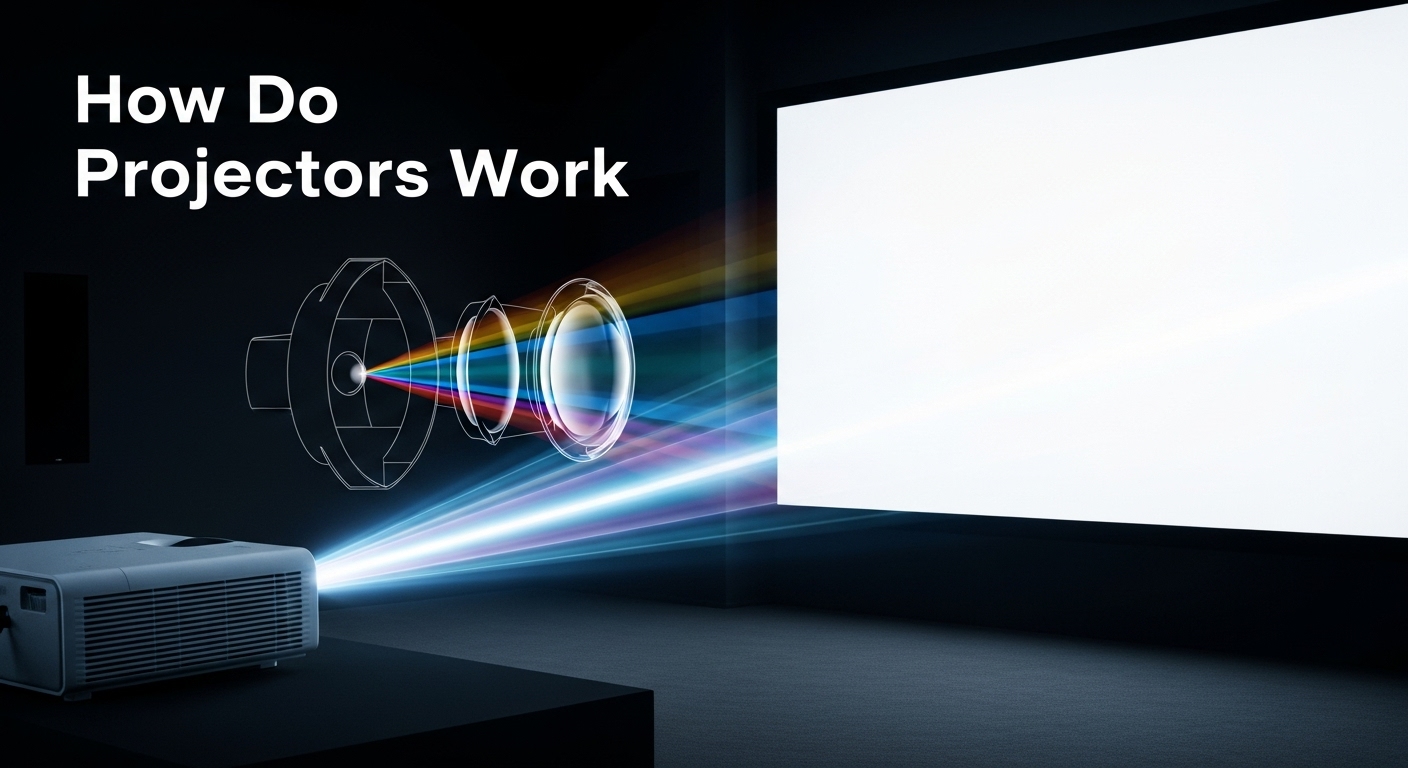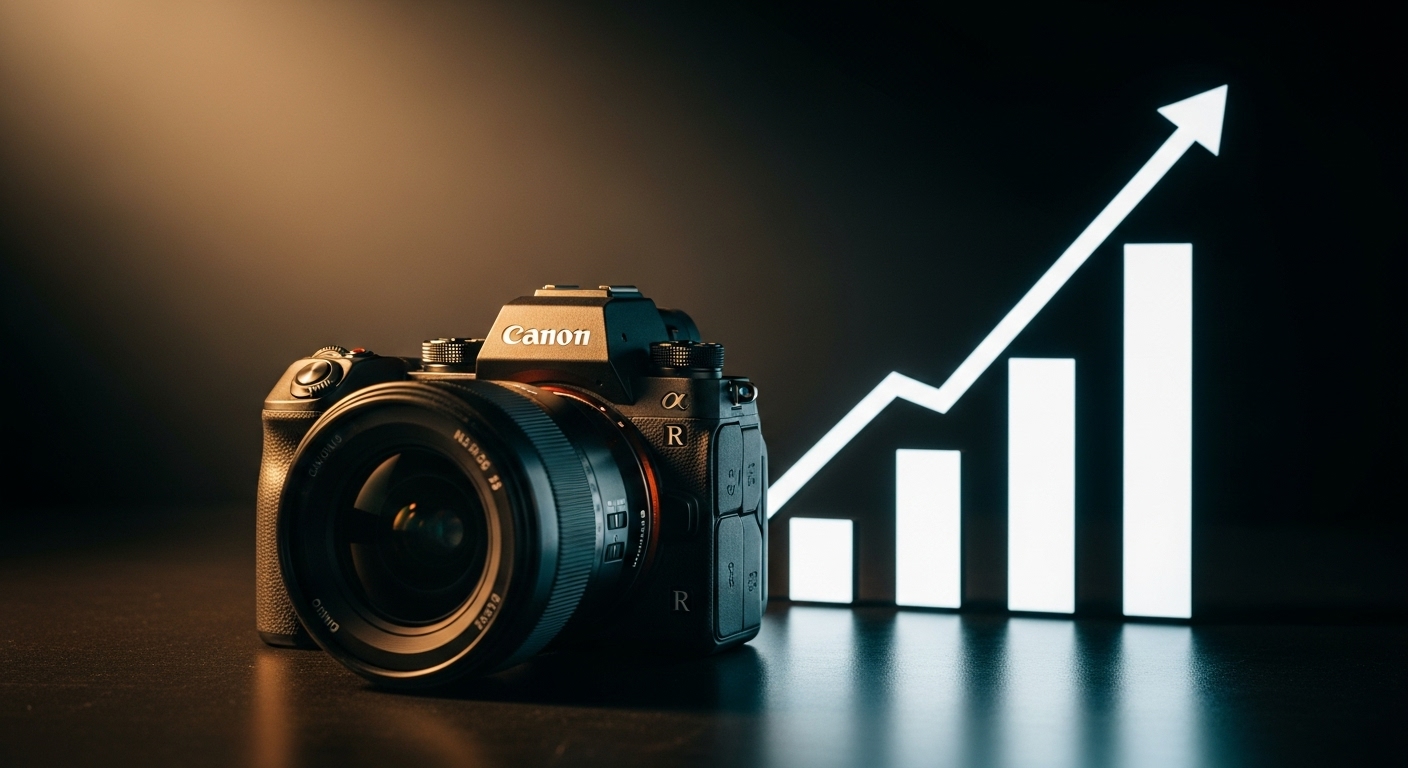



Ever sat in a home theater and wondered how that beam of light creates such a massive, crystal-clear image on the screen? I spent 15 years as a home theater installer, and I’ve seen projectors evolve from bulky, noisy machines to sleek 4K powerhouses that can transform any wall into a cinema. The magic behind projection technology is actually fascinating physics combined with precision engineering.
How do projectors work? A projector is an optical device that takes a video signal and projects it onto a larger screen or surface using focused light through a lens system, essentially working like a camera in reverse to magnify and display images.
At its core, projection technology manipulates light to create images. Think of it this way: while a camera captures light from a large scene and focuses it onto a tiny sensor, a projector does the exact opposite – it creates a small, intense image and blasts it through optics to make it huge. Understanding this process helps you choose the right projector and optimize your setup for the best possible image quality.
In this guide, I’ll break down exactly how projectors create those massive images, explore the different technologies that make it happen, and help you understand what all those technical specifications actually mean for your viewing experience.
Projectors work by creating a bright light source, processing it through imaging technology (DLP or LCD), and projecting it through a lens to create a magnified image. This simple-sounding process involves some incredible engineering that happens in fractions of a second.
Imagine shining a flashlight through a photographic slide onto a wall – that’s the basic concept. Modern projectors just do this with digital precision and millions of tiny pixels instead of a single static image. The light source creates intense illumination, the imaging technology modifies that light to create your picture, and the lens system magnifies and focuses it perfectly on your screen.
Optical Device: An instrument that uses light and lenses to create, manipulate, or magnify images for viewing.
The physics behind projection is fascinating. Light travels in straight lines, and when it passes through different materials, it bends (refraction). Projectors exploit this principle using multiple lens elements that carefully bend light rays to create a sharp, magnified image. The key is controlling each pixel of light with incredible precision.
Temperature plays a crucial role too. High-intensity lamps can reach temperatures over 1,000°F, which is why projectors need sophisticated cooling systems. I’ve seen projectors shut down during movie premieres because inadequate ventilation caused overheating. Proper airflow isn’t just a recommendation – it’s essential for longevity and consistent performance.
What’s amazing is that this entire process happens 60 times per second for smooth video. Each pixel is individually controlled, creating millions of color combinations that form the seamless images you see. When I first opened a high-end projector in my workshop, I was stunned by the complexity – it’s like having a computer display system optimized for massive scale.
The real magic happens in how projectors create images. Three main technologies dominate the market: DLP, LCD, and Laser. Each has unique advantages and specific use cases where they excel.
Optical instruments have evolved significantly over the years, and projectors are no exception. The technology you choose affects everything from color accuracy to maintenance requirements. After installing hundreds of projectors, I’ve learned that matching the technology to your needs is crucial for satisfaction.
DLP technology, developed by Texas Instruments, uses millions of microscopic mirrors on a chip called a Digital Micromirror Device (DMD). Each mirror represents one pixel and can tilt up to 10,000 times per second to control light. This rapid movement creates grayscale images that, when combined with a color wheel, produce full-color video.
Digital Micromirror Device (DMD):strong> A chip containing hundreds of thousands to millions of microscopic mirrors that tilt to reflect light and create images in DLP projectors.
The color wheel in single-chip DLP projectors spins at incredible speeds – often 120 revolutions per second or faster. It contains red, green, and blue segments that filter light sequentially. Your brain combines these rapid color flashes into a full-color image. This is why some people see the “rainbow effect” – brief color streaks during quick scene changes.
I’ve found DLP projectors excel in home theaters and gaming applications due to their excellent contrast ratio and fast response time. The micromirror technology can switch states in microseconds, making motion appear smooth and clear. For sports and action movies, DLP often provides the most engaging experience.
LCD projectors work differently – they use liquid crystal panels that act like tiny shutters, either blocking or allowing light to pass through. Most modern LCD projectors use three separate panels (3LCD technology), one for each primary color (red, green, blue). Light splits through prisms, passes through each panel, then recombines to create the final image.
The liquid crystals in these panels twist and untwist to control light intensity. When voltage is applied, they align to block light; when voltage is removed, they relax to allow light through. This precise control creates smooth gradients and excellent color saturation.
In my experience installing projectors in classrooms and conference rooms, LCD technology often wins for brightness and color accuracy. The three-panel design means all colors are displayed simultaneously rather than sequentially, eliminating the rainbow effect entirely. For presentations where color accuracy matters – like design reviews or medical education – LCD projectors are often the better choice.
Optical magnification principles used in microscopes share similarities with projector technology, particularly in how light is manipulated through lens systems to create clear images.
Traditional projector lamps use high-pressure mercury vapor lamps that produce bright light but have limited lifespan (typically 2,000-5,000 hours). Laser and LED technologies revolutionized projector light sources by offering longer life, better color, and instant on/off capabilities.
Laser projectors use either pure laser diodes or a laser-phosphor hybrid. The laser light source can last 20,000+ hours – essentially the life of the projector. They also maintain consistent brightness throughout their lifespan, unlike lamps that gradually dim over time. I’ve installed laser projectors in commercial settings where 24/7 operation is required, and the reliability has been impressive.
LED projectors offer similar benefits but typically at lower brightness levels. They excel in portable and home use cases where color accuracy and low maintenance are priorities. The light from LEDs is inherently more stable and color-accurate than lamp-based systems.
✅ Pro Tip: Laser projectors cost more upfront but save money over time. A typical lamp replacement costs $200-400 and needs replacing every 2-3 years with regular use. Laser projectors eliminate this maintenance cost entirely.
Understanding what’s inside your projector helps with maintenance, troubleshooting, and getting the best performance. After repairing countless projectors, I’ve learned that each component plays a critical role in image quality.
The light source is the heart of any projector. Traditional lamps create light by exciting mercury vapor with high voltage, producing intense white light. They require a warm-up period (usually 30-60 seconds) and a cool-down period before turning off. I always tell my clients to never unplug a lamp-based projector while it’s running – the cooling fan needs time to prevent heat damage.
The projection lens system is more complex than most people realize. High-quality projectors have 6-12 glass elements arranged in multiple groups. These elements work together to focus light, correct distortions, and maintain sharpness across the entire image. Premium lenses use special glass coatings to reduce reflections and improve light transmission – critical for maintaining brightness and contrast.
Color processing varies by technology. DLP projectors use color wheels with precise timing to create color. Some high-end DLP models use three separate DMD chips (one for each color), eliminating the color wheel entirely. LCD projectors use dichroic mirrors that selectively reflect or transmit specific wavelengths of light, creating pure red, green, and blue channels.
The processing engine is the projector’s brain. It handles everything from scaling input signals to the projector’s native resolution to implementing features like keystone correction and frame interpolation. Modern smart projectors include full operating systems with streaming apps, WiFi connectivity, and voice control – essentially becoming all-in-one entertainment systems.
Projector cooling systems deserve special attention. Most projectors use multiple fans with carefully designed airflow paths. Some premium models use liquid cooling for particularly hot components. I’ve seen inadequate cooling cause premature lamp failure, color wheel degradation, and even melted internal components.
Filter maintenance is crucial, especially for lamp-based projectors. Dust accumulation blocks airflow and causes overheating. In dusty environments, filters might need cleaning monthly – I’ve created maintenance schedules for clients who live in desert areas where weekly cleaning was necessary for reliable operation.
Modern laser and LED projectors generate less heat but still require proper ventilation. Their cooling systems are quieter and more efficient, but blocking ventilation holes can still cause damage. I always recommend at least 6 inches of clearance around projector vents for optimal airflow.
Shopping for projectors can feel like navigating a sea of technical terms. After helping hundreds of clients choose the right projector, I’ve learned how to translate these specs into real-world performance.
Brightness, measured in lumens, determines how well a projector performs in different lighting conditions. For completely dark rooms, 1,500-2,000 lumens is usually sufficient. For rooms with some ambient light, you’ll want 3,000 lumens or more. I installed a 3,500-lumen projector in a living room with large windows, and with light-colored walls and blackout curtains, it created an impressive daytime viewing experience.
Contrast Ratio: The difference between the brightest and darkest parts of an image. Higher contrast means more detail in shadows and highlights.
Resolution determines image detail. While 1080p remains popular for budget projectors, 4K has become the standard for quality home theater setups. The difference is noticeable on screens 100 inches or larger. For business presentations, 1080p is usually adequate, but for movie nights, 4K creates a more immersive experience.
Throw ratio is crucial for room setup. It determines how large an image you can create from a given distance. A throw ratio of 1.5:1 means you need 1.5 feet of distance for each foot of screen width. Short throw projectors (ratio < 1.0) can create large images from close distances, perfect for smaller rooms or interactive presentations.
⏰ Time Saver: To calculate throw distance, multiply your desired screen width by the projector’s throw ratio. For a 120-inch screen (10 feet wide) with a 1.2 throw ratio, you need 12 feet of distance.
Different environments demand different projector solutions. After setting up projection systems in homes, offices, classrooms, and even outdoor venues, I’ve learned that context is everything.
Portable optical devices share some characteristics with modern portable projectors – both prioritize compact size without sacrificing performance. Portable projectors have revolutionized outdoor movie nights and business presentations. Battery-powered models can run for 2-3 hours, perfect for a movie on the patio or a presentation without access to power.
Home theater projectors prioritize color accuracy and contrast ratio over raw brightness. In a controlled dark room, you can get away with lower brightness specs and focus on features that enhance movie watching – like wide color gamut support and frame interpolation for smoother motion.
Business projectors need brightness and connectivity. Conference rooms often have significant ambient light, requiring 3,000+ lumens for visibility. Multiple HDMI ports, wireless presentation capabilities, and built-in speakers add convenience for professional environments.
Interactive projectors for education add touch or pen input capabilities, turning any surface into an interactive whiteboard. These specialized projectors include cameras and sensors that detect pen position, enabling collaborative learning experiences.
Projectors create black by blocking light from reaching the screen. Since they work by adding light rather than creating light like TVs do, the blackest black they can produce is limited by ambient light in the room and the projector’s ability to completely block light. This is why contrast ratio is crucial for projector performance.
The rainbow effect occurs in single-chip DLP projectors due to the sequential color process. As the color wheel spins, some people’s eyes perceive brief color streaks during quick movements. Three-chip DLP projectors and LCD projectors don’t have this issue since they display all colors simultaneously.
Traditional projector lamps last 2,000-5,000 hours depending on usage patterns and operating mode. Running in eco mode can extend lamp life by 30-50%. LED and laser light sources last 20,000+ hours, essentially the lifetime of the projector.
Projectors can work in bright rooms but require higher brightness (3,000+ lumens) and light control. Light-colored walls reflect ambient light back onto the screen, washing out the image. Using a high-gain screen and minimizing ambient light sources significantly improves performance in bright environments.
Regular maintenance includes cleaning or replacing air filters every 100-500 hours, cleaning the lens periodically, and ensuring proper ventilation. Lamp-based projectors eventually need lamp replacement, while laser and LED models require minimal maintenance beyond basic cleaning.
After decades of working with projection technology, I’m still amazed by how these devices can transform any space into an immersive viewing environment. The key to choosing the right projector is understanding your specific needs – room size, lighting conditions, content type, and budget all play important roles.
For most home theater setups in 2025, I recommend 4K DLP or laser projectors with at least 2,500 lumens and good contrast ratio. The investment in quality pays off in image satisfaction and longevity. Business users should prioritize brightness and connectivity, while educators should focus on reliability and ease of maintenance.
Remember that a projector is only part of the equation – the screen, room preparation, and audio system all contribute to the final experience. But understanding how projectors work helps you make informed decisions and troubleshoot issues when they arise. Happy viewing!







